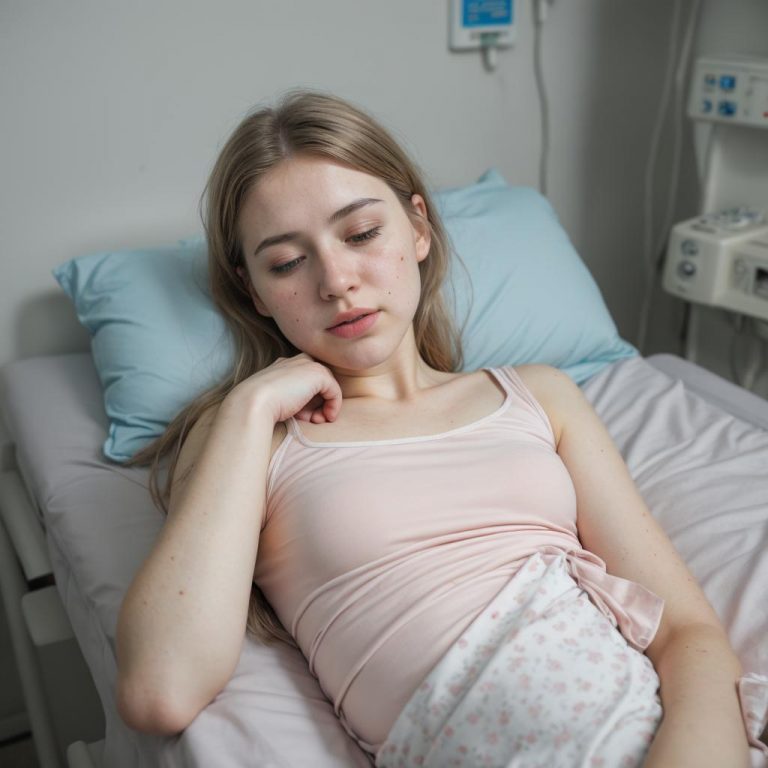
Hay fever, also known as allergic rhinitis, is a common condition characterized by symptoms such as sneezing, runny or stuffy nose, itching in the eyes, nose, or roof of the mouth, and watery eyes.
While these symptoms are well-known, some individuals may experience an additional manifestation of hay fever known as a hay fever allergy rash. In this article, we’ll delve into the symptoms, causes, and treatment options for hay fever allergy rash.

Symptoms of hay fever allergy rash
The rash associated with hay fever allergy typically manifests as red, itchy, and raised bumps on the skin. These bumps, also known as hives or urticaria, can vary in size and may appear anywhere on the body. They often develop suddenly and can be accompanied by other symptoms such as itching, burning, or stinging sensations.
Causes of hay fever allergy rash
The underlying cause of hay fever allergy rash is the same as that of hay fever itself – an allergic reaction to certain allergens. In hay fever, the immune system overreacts to harmless substances, such as pollen, dust mites, pet dander, or mold spores. When exposed to these allergens, the body releases histamine and other chemicals, triggering the symptoms of hay fever, including the development of a rash in some individuals.
Treatment options
Managing hay fever allergy rash involves addressing both the underlying allergy and the symptoms of the rash. Here are some treatment options:
Antihistamines: Over-the-counter antihistamine medications can help alleviate itching and reduce the severity of the rash by blocking the effects of histamine.
Topical Steroids: For more severe cases, topical corticosteroid creams or ointments may be prescribed to reduce inflammation and itching.
Avoidance of Triggers: Identifying and avoiding exposure to allergens that trigger hay fever and the associated rash can help prevent flare-ups.
Allergy Shots: In cases of persistent or severe hay fever allergy, allergen immunotherapy, commonly known as allergy shots, may be recommended to desensitize the immune system to specific allergens over time.
Moisturizers and Cool Compresses: Applying moisturizing lotions or cool compresses to the affected areas can provide relief from itching and soothe the skin.
Consultation with a Dermatologist or Allergist: If hay fever allergy rash persists or becomes increasingly bothersome, consulting with a dermatologist or allergist can help determine the most appropriate course of treatment.
Hay fever allergy rash is a common manifestation of allergic rhinitis, characterized by red, itchy bumps on the skin. While the rash itself is not life-threatening, it can cause discomfort and interfere with daily activities. Understanding the symptoms, causes, and treatment options for hay fever allergy rash can help individuals manage this condition effectively and improve their quality of life during allergy season. If you experience symptoms of hay fever allergy rash, consult with a healthcare professional for proper diagnosis and treatment.



